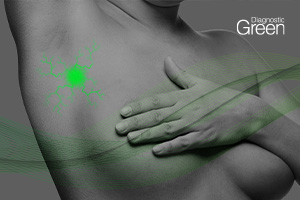Background: The preoperative identification of perforators is critical to the success of perforator flaps. Several technologies, including handheld Doppler (HHD) and indocyanine green angiography (ICGA), facilitate this process; however, each technology comes with unique downsides. This study directly compares the performance of HHD and ICGA in preoperative perforator identification and measures the effects of flap thickness and body mass index (BMI) on perforator localization.
Results: Thirty flaps were transferred in 30 patients across 15 different donor sites. Indocyanine green angiography had higher sensitivity, accuracy, and positive predictive value (79.2%, 74.2%, and 87.5%, respectively) than HHD (55.6%, 46.6%, and 69.4%, respectively). Perforators detected by ICGA were used as flap pedicles in 21 cases compared with 13 with HHD. There were no correlations between HHD or ICGA performance and patient BMI (both P > 0.05). Increasing flap thickness was negatively correlated with the accuracy of ICGA (P = 0.001) but not HHD (P > 0.05).
Conclusions: Indocyanine green angiography was more sensitive, specific, and accurate than HHD in identifying perforators across various donor sites. Additional research can further delineate the interrelationships of flap thickness and technologies for perforator localization.




